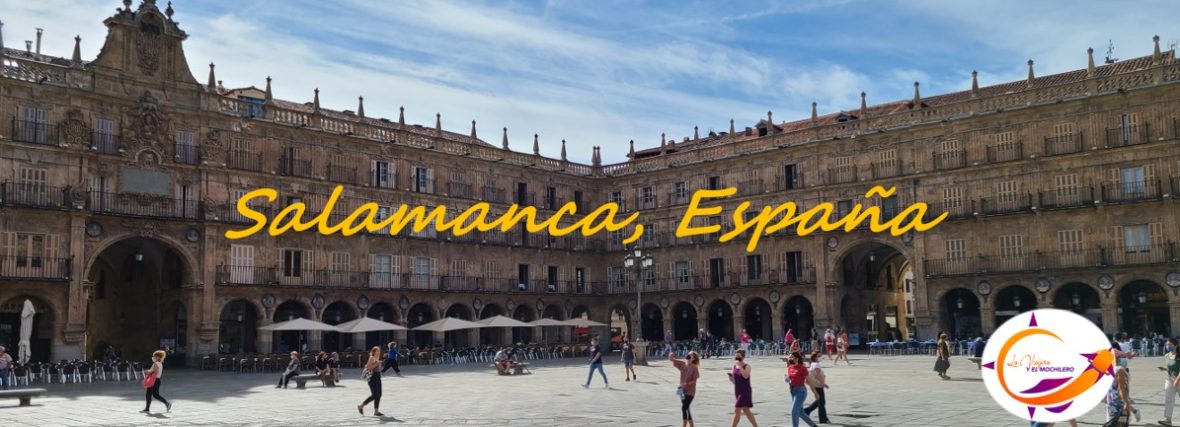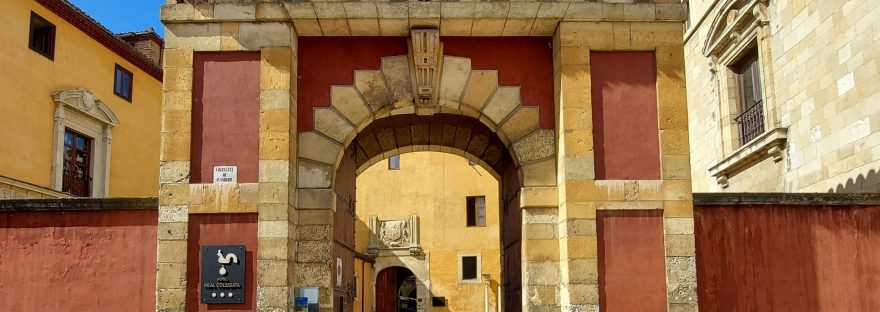A visit to the Basilica of San Isidoro cannot end without a visit to its Museum. This occupies what was the Royal Tribune, which later became the Chapter House. Today you enter through the cloister, which also gives access to the Royal Pantheon.
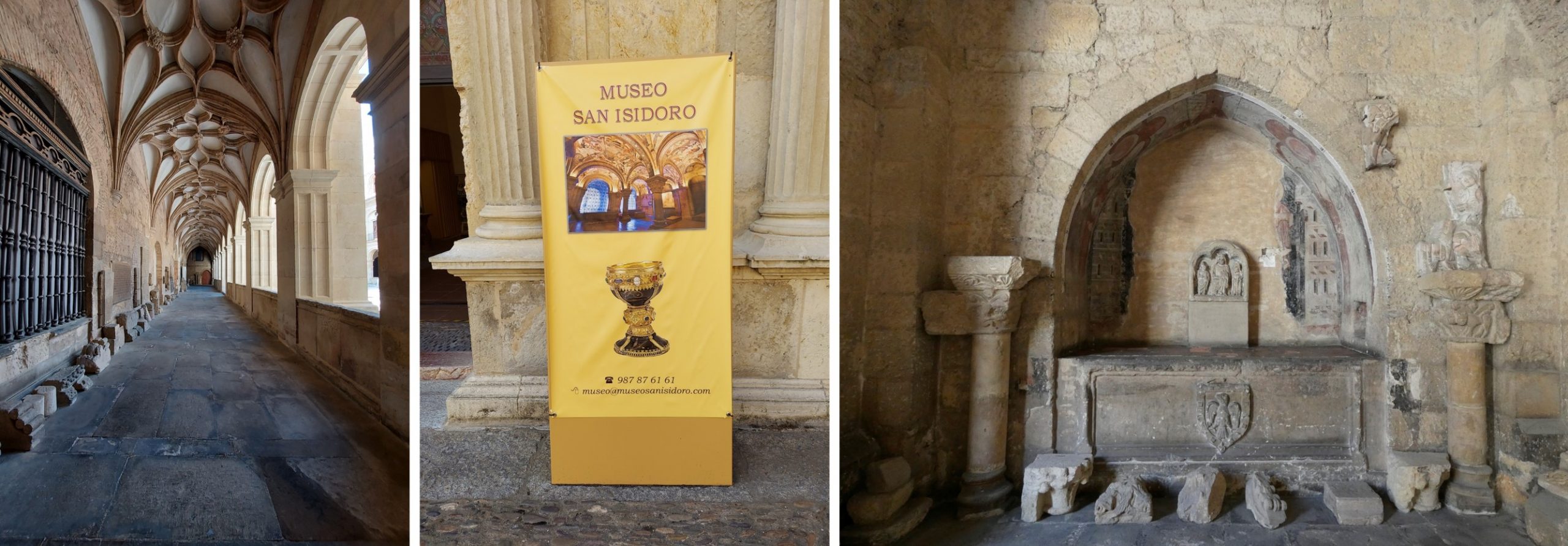
The most outstanding work in the museum is the one known as the Chalice of Doña Urraca, a marvel of Romanesque goldsmithing, which was donated by Doña Urraca. This chalice is located on the first floor, outside the Royal Tribune, in what is known as the Chalice Room.
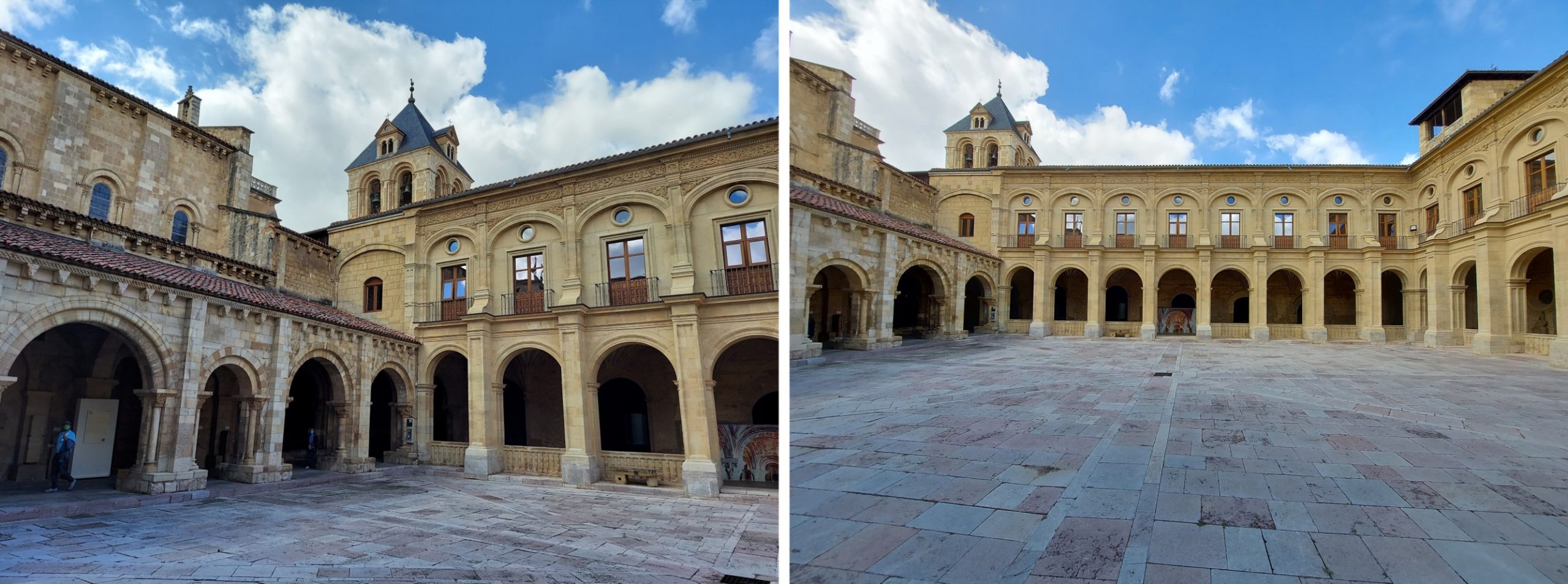
The cloister of the Basilica of San Isidoro, consists of two floors. The first was built in the plateresque style and the second floor is in the neoclassical style. Of the reconstruction of the second floor carried out in the first third of the 18th century, its frieze decorated with allusions to the queens of Spain stands out.
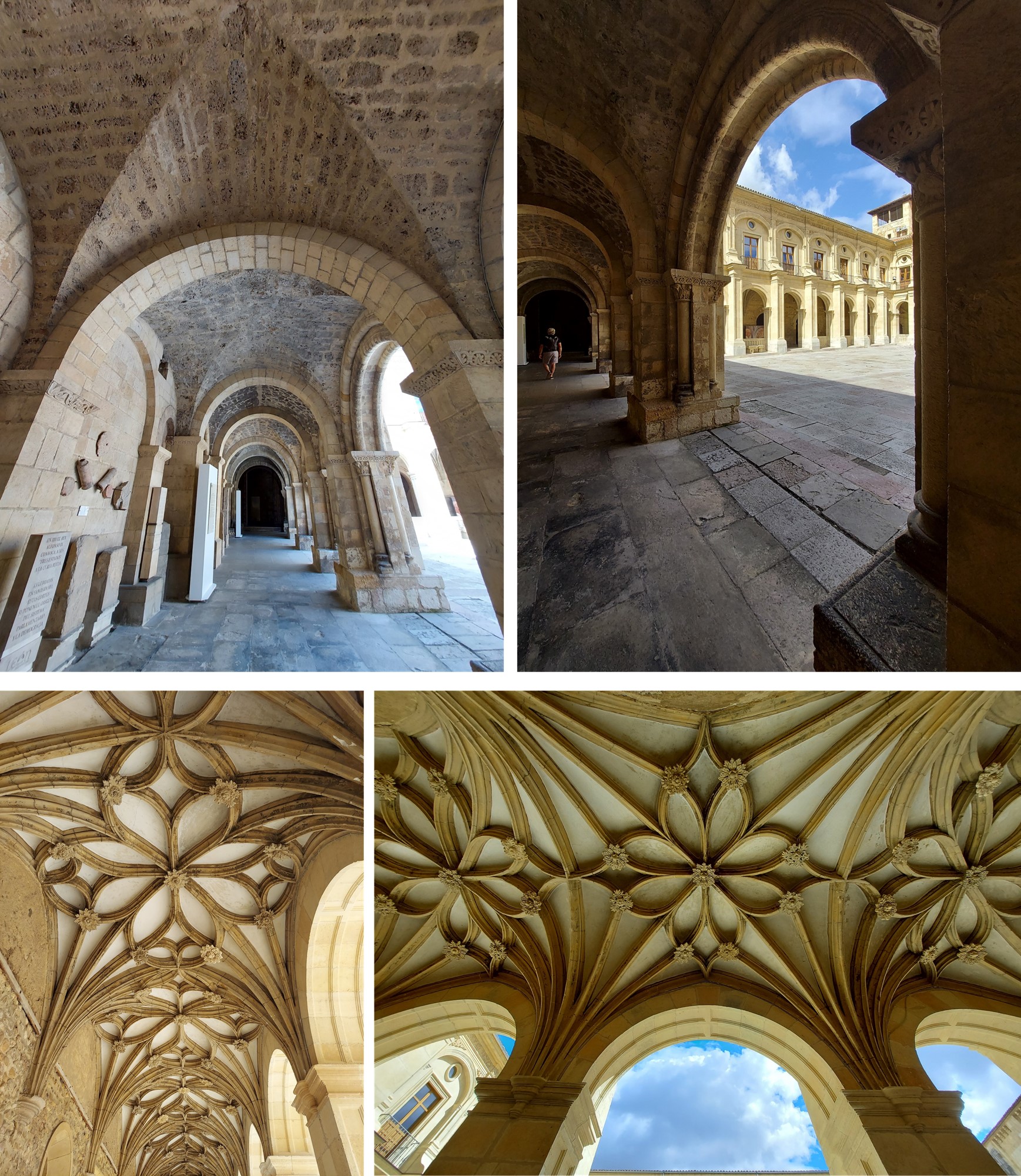
The entire portico of the cloister is Romanesque. The walls were built with reused materials and tiles have appeared between them that have the seal of the Roman Legio VII Gémina, founder of the city of León, printed on them. The Cloister is still used by the people of León to celebrate some of their traditional festivals such as Las Cabezadas, on the last Sunday in April, or the Palm Sunday procession and the Easter Vigil rite.
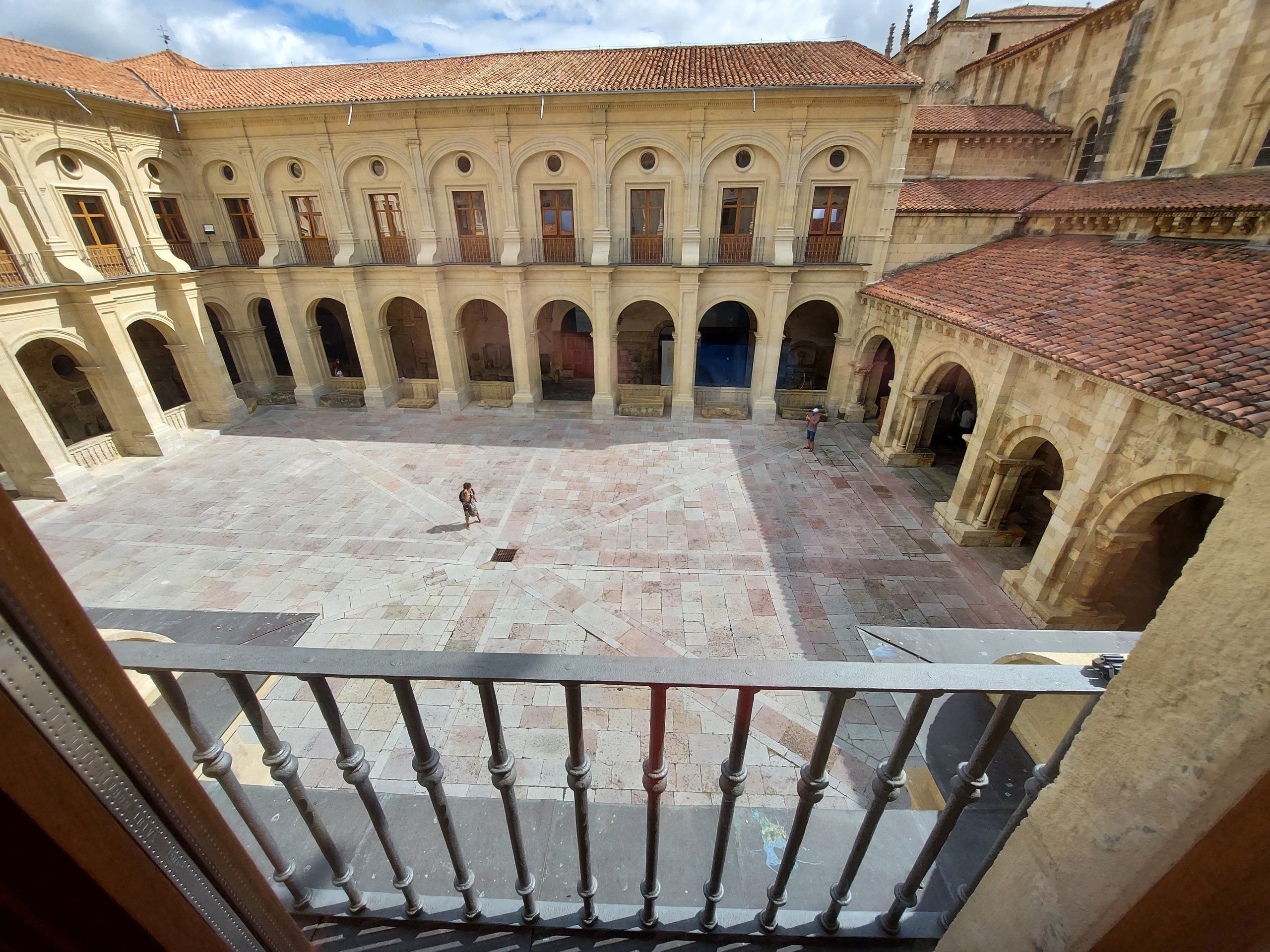
In this Cloister, at the beginning of the reign of Alfonso IX of León, the Cortes of León of 1188 were held, their Decrees, have been recognized by UNESCO as “the oldest documentary evidence of the European parliamentary system” granting León the distinction of “Memory of Humanity” (World Memory) for being considered the cradle of Parliamentarism. After the initiative of Alfonso IX of León, several European kingdoms convened Cortes with the participation of representatives of the cities, such as the Kingdom of England, which will do so in 1215, after León. It can be said then, that it was in this cloister where the way would be opened for the Third Estate to participate in government decisions.
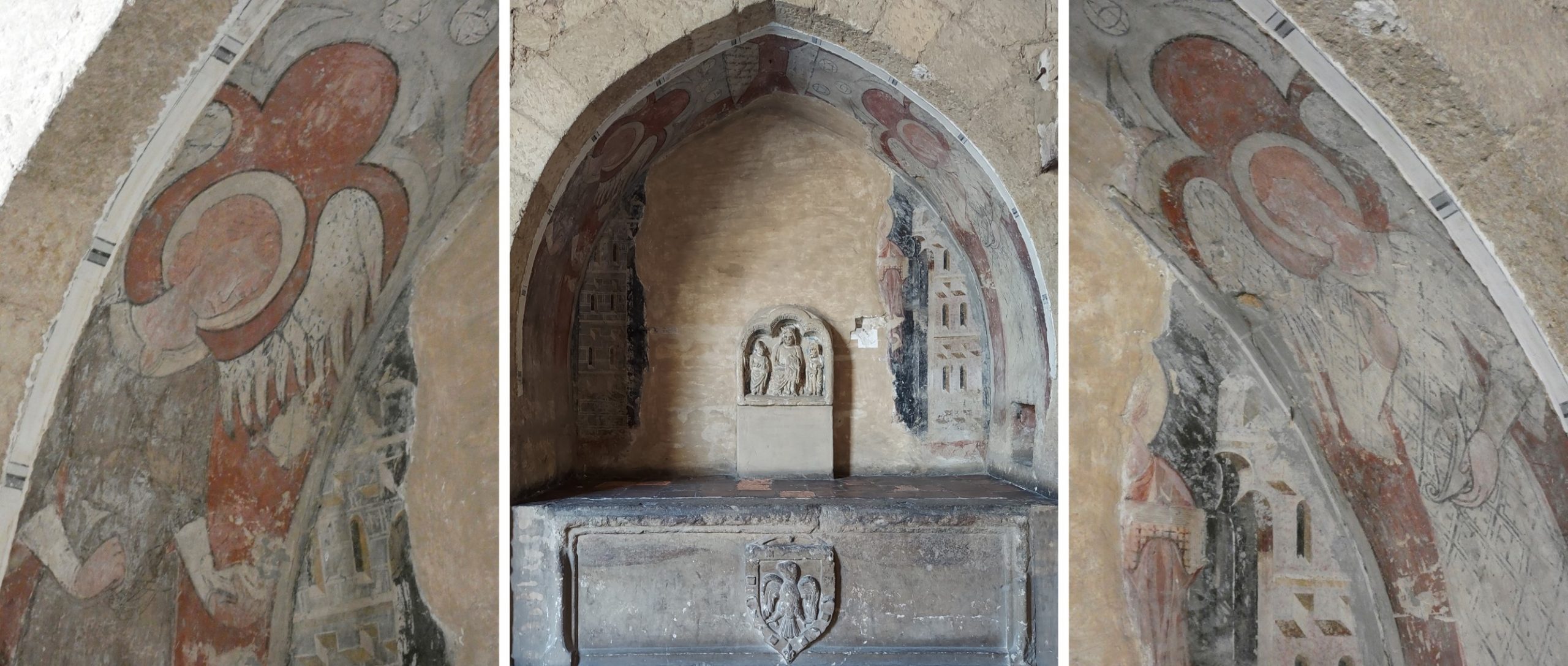
In the cloister, very close to where the Royal Pantheon of León is located, there are fragments of mural paintings that decorated the interior of the wall of an arch, in what would appear to be a tomb.
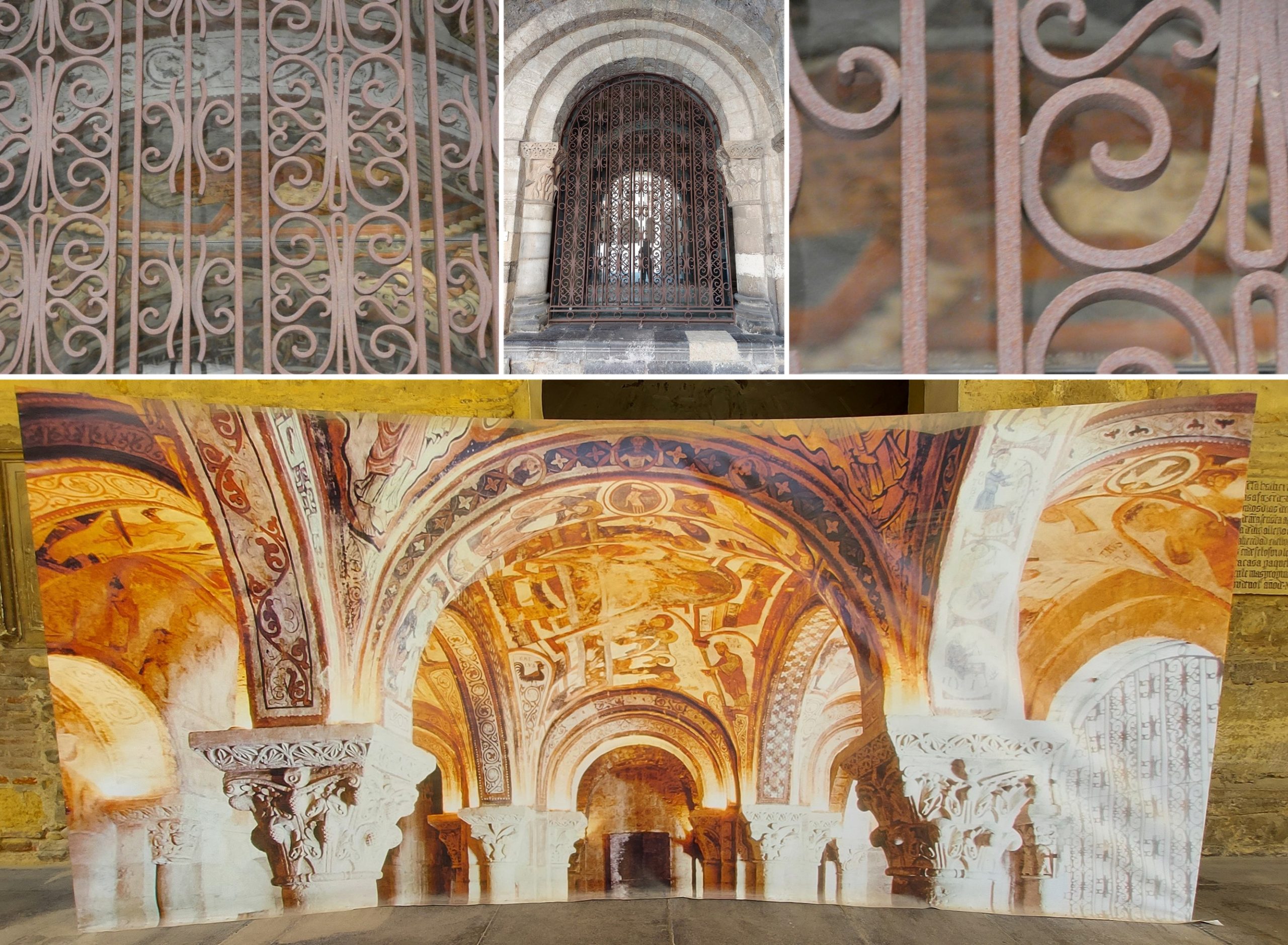
The Royal Pantheon of León is located at the foot of the Basilica of San Isidoro, with a quadrangular area. Its mural paintings are what make this space one of the world’s Romanesque masterpieces. The pictorial fresco decoration of the vault and the side walls are a wonder that can only be enjoyed by being there, since taking photos is not allowed. The frescoes represent the three liturgical cycles: Christmas, Passion and Resurrection. Scattered on the ground are a good number of royal tombs. However, since the Napoleonic occupation of the 19th century, when the royal remains were removed from the tombs, it is not possible to exactly identify who rests in each tomb.
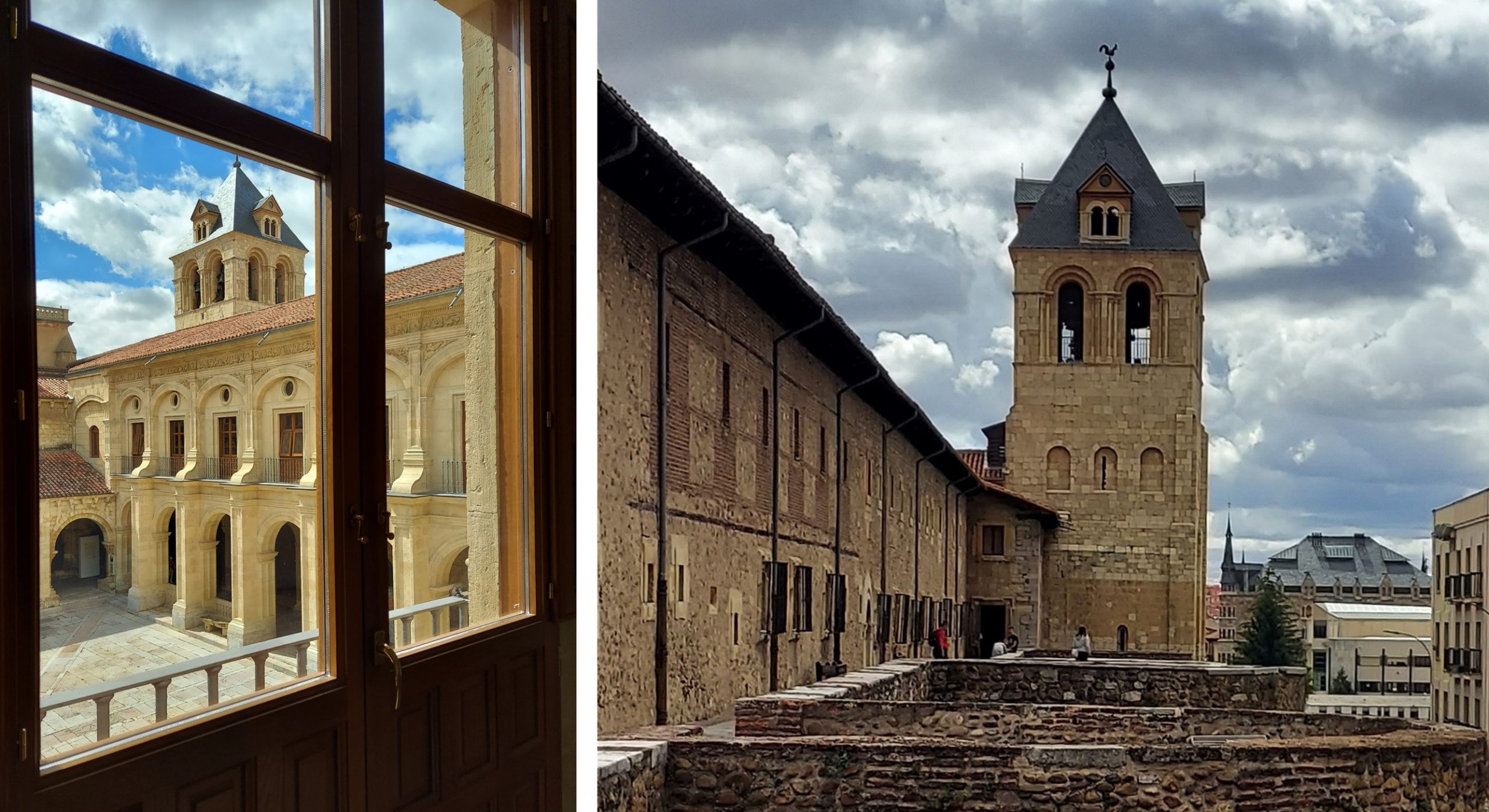
The so-called Torre del Gallo, located at the foot of the church, is a work of the 12th century. It has a square floor plan and is part of the Roman wall, so that the first body surrounds a cube of the wall.
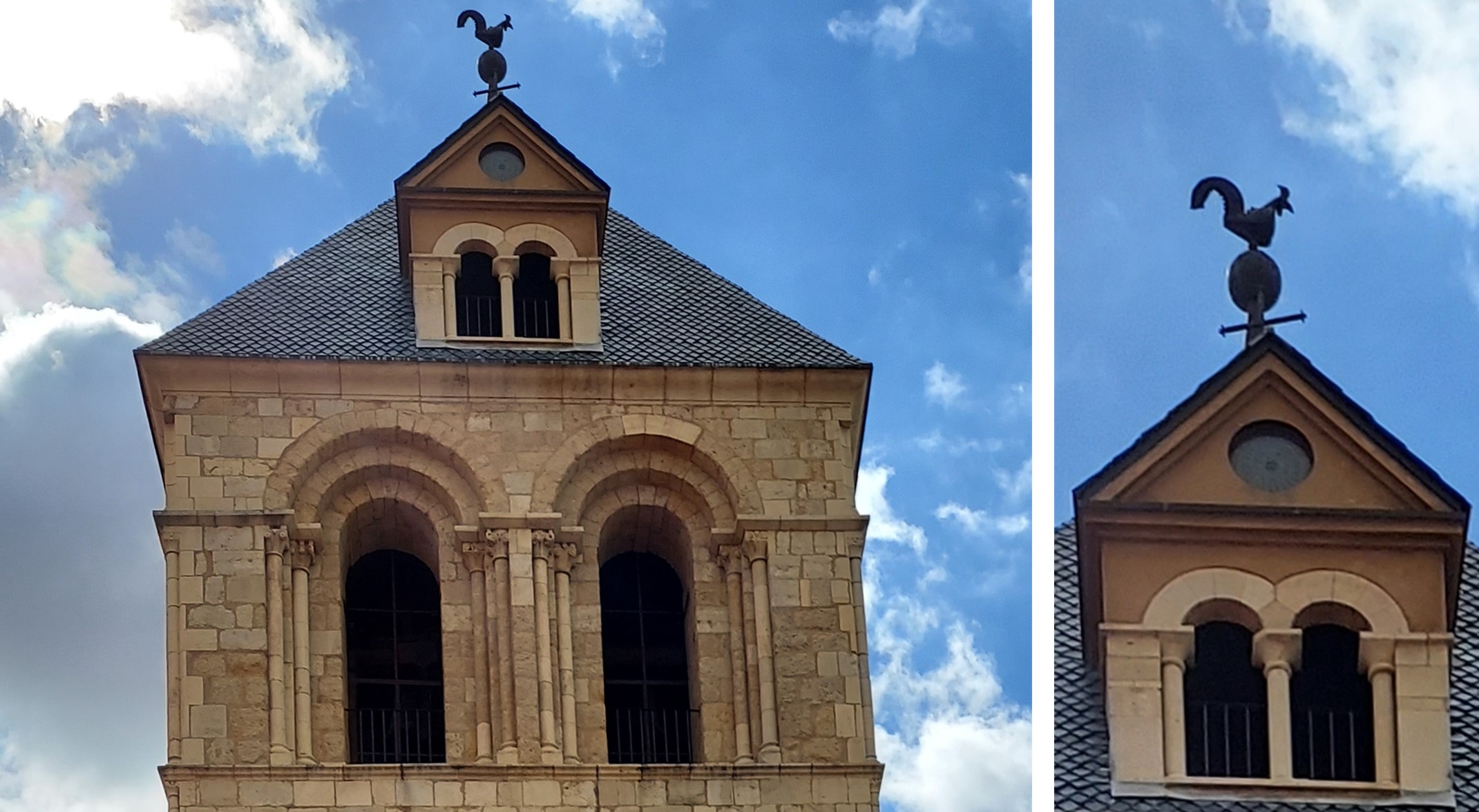
At the time of Fernando I the first two bodies had a defensive mission. In the second body there is a room with a barrel vault and a transverse arch that rests on columns, in order to reinforce the barrel vault. This body is accessed by the round of the wall. The tower is crowned with a weathervane that is the famous rooster, symbol of the city of León. The tower had to be restored in the second half of the 20th century and repaired and consolidated with new techniques at the beginning of the 21st century.
Resources:
• https://es.wikipedia.org/wiki/Bas%C3%ADlica_de_San_Isidoro_de_Le%C3%B3n
• https://www.museosanisidorodeleon.com/basilica-isidoriana/
• https://www.milviatges.com/2021/basilica-san-isidoro-panteon-reyes/
• https://www.museosanisidorodeleon.com/el-claustro/
